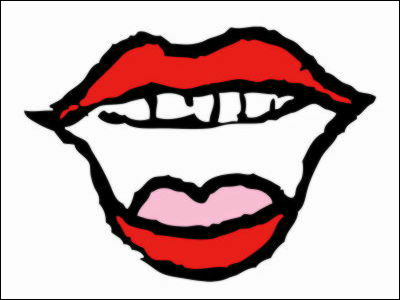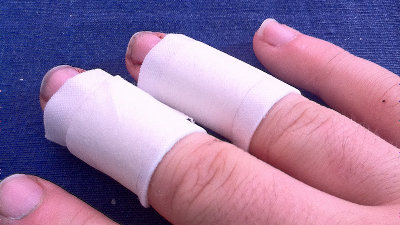MIT materials engineer explains how to disinfect smartphone displays

It is said that one of the routes of infection for the new coronavirus disease (COVID-19)
3Q: Robert Macfarlane on cleaning your smartphone screen | MIT News
http://news.mit.edu/2020/robert-macfarlane-cleaning-smartphone-0413
Every time you touch a surface, such as your phone, a certain amount of the material on your hands is transferred to that surface - and to some extent to your hands - so smartphone makers coat displays with materials that are chemically tough and don't attract other substances, minimising the amount of residue left on the surface, Professor MacFarlane explains.
To effectively prevent the spread of COVID-19, it is necessary to develop an antibacterial coating that can prevent the pathogen from attaching to the surface itself. According to Professor MacFarlane, the development of such coatings is an active area of research in the field of materials engineering.

However, smartphone displays are required to have various characteristics, such as 'transparency' to see images clearly, 'electrical resistance' to not react when not touched, 'conductivity' to react when touched, 'durability' to not break even if touched or soiled, and 'ease of use' to be easily cleaned by just wiping. Even if a new coating was applied to the display to give it antibacterial properties, there is a possibility that some other property would be lost by doing so, so the development difficulty would increase exponentially. Therefore, in order to use a smartphone cleanly, it is necessary to clean it moderately.
Smartphone displays are generally coated with an oil-repellent coating made from
According to Professor McFarlane, although the oleophobic coating is unlikely to be removed by rubbing alcohol, prolonged exposure to high concentrations of alcohol may cause the coating to lose its uniformity. If the coating loses its uniformity, it becomes more likely to have residue attached, which may affect the optical and mechanical properties of the display, such as visibility and touch sensitivity. In other words, Professor McFarlane argues that it is better to avoid using high-concentration disinfectants used for hand disinfection to clean displays.

Professor McFarlane said, 'When cleaning smartphone displays, you should dilute the rubbing alcohol with water to some extent before using it. In addition, 'The oleophobic coating on smartphone displays prevents the adhesion of microorganisms to some extent, but in the context of the COVID-19 pandemic, it cannot be said that it is sufficient to prevent microbial contamination.'
According to security company Kaspersky, 'the disinfectant that has the least effect on the oleophobic coating is isopropyl alcohol , with an optimal concentration of 70-80%.' 'Drinking alcohol, such as vodka or whiskey, should not be used as it may damage the oleophobic coating.'
Disinfecting your smartphone: how to get rid of the new coronavirus | Kaspersky official blog
https://blog.kaspersky.co.jp/smartphone-physical-cleaning/28025/
Related Posts:







